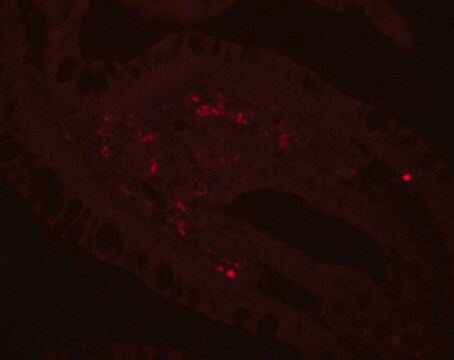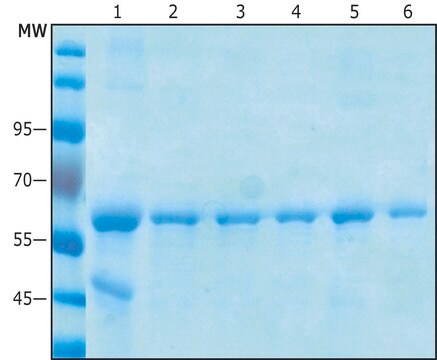F2047
Monoclonal Anti-c-Myc−FITC antibody produced in mouse

clone 9E10, purified immunoglobulin, buffered aqueous solution
Synonym(s):
Anti-c-Myc
About This Item
Recommended Products
biological source
mouse
Quality Level
conjugate
FITC conjugate
antibody form
purified immunoglobulin
antibody product type
primary antibodies
clone
9E10, monoclonal
form
buffered aqueous solution
species reactivity
human
storage condition
protect from light
enhanced validation
recombinant expression
Learn more about Antibody Enhanced Validation
concentration
5 μg/mL (suitable for immunoflourescence)
technique(s)
immunocytochemistry: 5.0 μg/mL using mammalian cells transfected with c-Myc tagged fusion protein, fixed with paraformaldehyde.
UniProt accession no.
shipped in
dry ice
storage temp.
−20°C
target post-translational modification
unmodified
Gene Information
human ... MYC(4609)
Looking for similar products? Visit Product Comparison Guide
Related Categories
General description
Specificity
Immunogen
Application
Biochem/physiol Actions
Physical form
Storage and Stability
Disclaimer
Not finding the right product?
Try our Product Selector Tool.
Storage Class Code
10 - Combustible liquids
WGK
WGK 3
Flash Point(F)
Not applicable
Flash Point(C)
Not applicable
Certificates of Analysis (COA)
Search for Certificates of Analysis (COA) by entering the products Lot/Batch Number. Lot and Batch Numbers can be found on a product’s label following the words ‘Lot’ or ‘Batch’.
Already Own This Product?
Find documentation for the products that you have recently purchased in the Document Library.
Customers Also Viewed
Our team of scientists has experience in all areas of research including Life Science, Material Science, Chemical Synthesis, Chromatography, Analytical and many others.
Contact Technical Service








